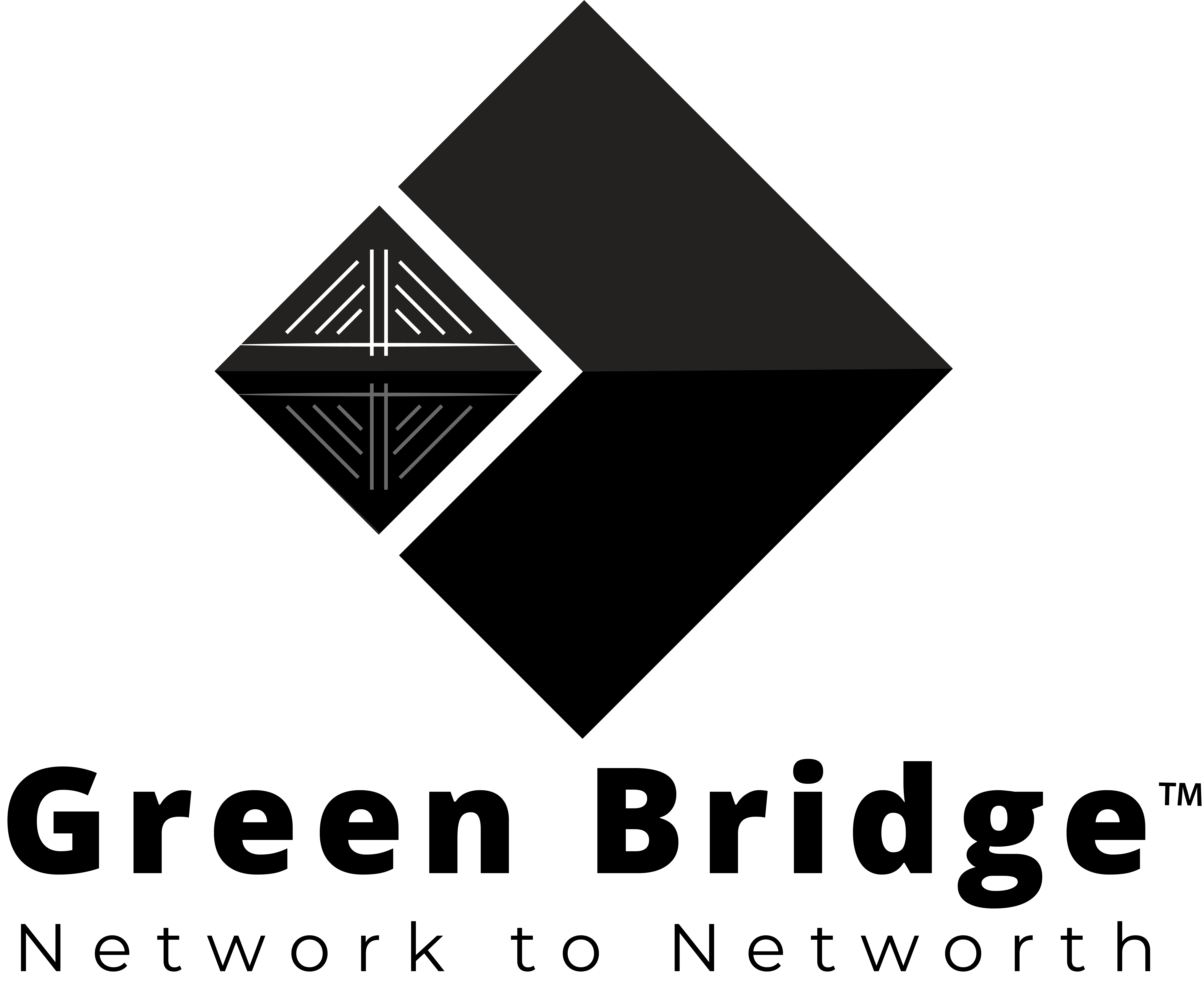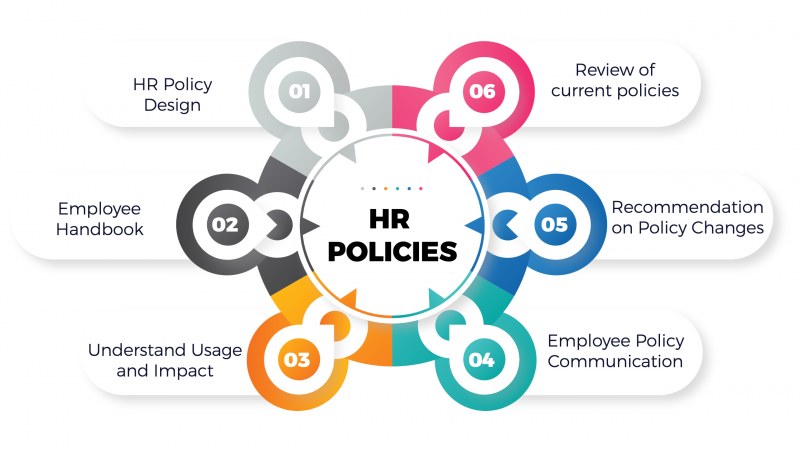Recruitment is no cakewalk. Since 2020, recruitment has gone upside down. In 2022, the industries learned a few new lingos- the great reshuffle, quiet firing, quiet hiring.
But in 2023, things are shipping in another direction. If you want to stay ahead in bagging the best talents, you should be aware of these recruitment trends of 2023.
2022 review
Before you decide what to do or not to do, brush up on what happened in 2022.
Great Resignations
A poll found that regardless of income increase, flexibility in location, or other perks, 7 in 10 workers expected to leave their positions by 2022.
Even though there was a record-high demand for applicants, many workers left their jobs.
Great Breakup
The current trend in the workplace is the "Great Breakup," driven by women speaking up for themselves in the office or quitting to find organizations that appreciate their experience more.
Women in the Workplace 2022 found that top-level female executives want more from their employers and are prepared to go elsewhere if they don't get it.
Quite quitting & Quite firing
These two events made waves in the human resources industry. In case you're unfamiliar, "silent leaving" refers to the trend of workers avoiding interaction with coworkers and evading responsibility.
Contrarily, silent firing emerged as a backlash against the trend of ignoring quiet quitters. A quiet dismissal is not the solution to a quiet resignation since both had a detrimental effect on the business.
The Great Reshuffle
The Great Resignation led to The Great Reshuffle since not everyone resigned.
Michael Page India Talent Trends 2022 found that 61% of respondents in India would take a wage cut or pass up an opportunity for advancement in exchange for more work-life balance, greater personal fulfillment, and higher satisfaction levels.
Layoffs
History will remember 2022 for the Layoffs. Global outplacement and career transitioning company Challenger, Gray & Christmas claims claims that in 2022, more than 150,000 people were laid off by IT businesses worldwide, exceeding the numbers seen during the Great Recession of 2008 and 2009.
Indian companies, including BYJU'S, ChargeBee, Cars24, LEAD, Ola, Meesho, MPL, Innovaccer, Udaan, Unacademy, and Vedantu, have laid off a combined of around 20,000 people.
- Challenges of 2023
2022 was a lot of challenges. 2023 has lots of new challenges. Here is what you have to deal with in the future-
Unstable economy
Many experts are projecting that the United States will likely fall into a moderate recession in 2023. That would dampen economic growth and the job market, although the dip might not last long or be too severe.
Great Resignation Continue...
Skills gaps are wider than they have been in a decade. According to Korn Ferry more than 8.5 trillion positions may go vacant due to a lack of qualified applicants by 2030. Meanwhile, 40% of the world's workforce is contemplating quitting within the next year. To keep up with the expense of living, many people are switching jobs or sectors in quest of a more favorable work-life balance.
Lack of Talent
A talent shortage is the biggest obstacle preventing firms from expanding and developing when the economy is on the verge of, or already in, a recession.
The tight labor market is cited as the top long-term concern by both Indeed and Glassdoor in their Hiring & Workplace Trends Report 2023.
Discrimination in Hiring
According to a study
conducted by academics at The University of Queensland, people from minority groups who speak with "non-standard" accents are subject to prejudice during the interview process.
There is too much discrimination around gender, race, and even religion. It's often not direct. BrightTalk also found that 79% of HR professionals agree that unconscious bias exists in recruitment and succession planning decisions.
A new generation in the workforce
In 2023, the workplace will be more multicultural, geographically dispersed, and digitally based than ever. Over a third of the world's population now identifies as part of Generation Z, making them shortly the most numerous generation on the planet.
This generation views work and achievement in life and the workplace differently than the Millennial generation.
Another wave of Covid?
Well, it's not a sure thing (fingers crossed). The covid cases are rising in China. No doubt everyone is fearing the worst.
Remote Works here to Stay
Since the unforeseen 2020 coronavirus epidemic, remote work has become the norm. Two years in, though, the advantages of remote employment are widely acknowledged. Candidates, recruiters, and employers may all benefit from the mobility of remote employment.
For businesses, this means less money spent on overhead and less money spent by workers on transportation to and from the workplace. In addition, organizations may increase workplace diversity and inclusion by recruiting people from all over the world, thanks to the convenience of remote work. In doing so, you'll be able to draw from a wider pool of qualified individuals and build a stronger team overall.
In addition to working from home, hybrid arrangements are gaining favor. Today's workforce is looking for flexible options between remaining at home and reporting to the workplace.
Gig-economy is Going nowhere
The standard work week of 9 to 5 is history. The traditional workweek has been largely replaced by project-based, contract, and freelance work. Businesses may complete their projects quickly, affordably, and with less effort.
Furthermore, contract work makes it simple for workers to bag tasks between full-time employment searches.
With contract work, people give up stability in exchange for more freedom. Contrary to popular belief, contract employees are frequently highly competent and focused on delivering tangible outcomes for their clients. In contrast, the business prefers to hire people permanently.
In addition, the hiring freezes of 2022 suggest that employers would seek out project-based or contract-based labor in the future to meet their needs quickly and cheaply.
Quiet Hiring is a New Recruitment Strategy
The idea behind "quiet hiring" is that businesses may expand their capabilities and address shortages without announcing new full-time positions.
It focuses on current workers already performing beyond expectations by performing new duties and demonstrating competence.
The practice of "quiet hiring" may seem to benefit businesses, but it helps employees looking to go on in their fields and earn more money.
Employees willing to take on more responsibilities might pave the way to establishing credit in the company. In other words, it boosts employees' worth and income by giving them more say in their professional lives.
AI in Recruitment
Technology has been revolutionizing the HR sector for a while now, and its impact is only expected to increase. Automated resume parsing in ATS, for instance, facilitates mass resume scanning and filtering with a single click.
Screening software, recruiting chatbots, and digital interviews are examples of AI-powered recruitment solutions. They have automated and simplified much of recruiters' tedious, repetitive labor, making the whole hiring process more efficient, inclusive, and easy.
Blind hiring is one way that AI has helped 2022's recruiters and employers work toward increasing diversity, equity, and inclusion in the workplace. We have observed significant growth and improvement in recruiting AI in 2022.
However, AI technology's potential has yet to be fully realized. Thus, more developments in this field are anticipated in the year 2023.
Employer Branding is No Longer Reasonable to have
As different generations' expectations of their interactions with brands grow, brand positioning becomes an increasingly important component of your overall recruiting strategy. When choosing a new job, 57% of workers said they place importance on the company's reputation.
It will take more than consulting the marketing department for the company's brand standards to get the desired level of exposure among your target demographics. There are various tools at your disposal to build a positive image for your company as an employer.
The hot-button issues that workers care about, such as corporate culture, diversity, and equity and inclusion (DEI). These three areas of interest go beyond mere fads in 2023.
According to studies, 41% of potential employees would turn down a position if the firm didn't share their commitment to environmental responsibility, and 70% of candidates looking for employment want to work for an organization that appreciates diversity.
Social Media is not just a Sidekick
Recruiters and HR managers have relied heavily on social media as a compass. Finding quality and targeted applicants is now an integral part of the process, alongside personal branding and influencer marketing.
As more individuals join the social media bandwagon, social recruitment will remain an important tool for finding qualified employees.
In fact, according to research conducted by Aberdeen Group, 73% of millennials have discovered employment opportunities via social media.
There are hundreds of skilled people on social media, but sometimes you need to locate people who fit a specific function. Locate such candidates via online discussion groups and social media. It will save money and time.
Data Driving the Decisions
Hiring should be based on more than just a gut feeling. Evidence in the form of recruiting metrics helps to make a confident choice.
Therefore, many companies now use task-based interviews. The potential candidates are given modest tasks to gauge how well they work under pressure.
The utilization of online tests of competence is another common practice. In 2023 recruitment, this process will be practiced more to remove subjective bias and make the selection process more objective.
Bidding Goodbye to the "Churn & Burn" Strategy
Recruiters are experiencing a talent shortage as a direct consequence of the "churn and burn" strategy. To reduce their reliance on the time-consuming and costly external recruiting process, the most successful companies place a premium on staff retention, employee engagement, and internal mobility.
Not all negotiations are on the money. Most workers want jobs with significance and the opportunity to make a difference. More than half of working professionals would accept a wage decrease to have the flexibility to work from home full-time.
Businesses that invest in their employees' sense of purpose may combat quiet quitting, lower turnover rates, and boost profits. Retention is going to be the biggest recruitment strategy in 2023.
Focus on Positive Candidate Experience
Companies no longer have monopoly power over the hiring process. Studies show that over half of all job-seekers will only take a position if they have a positive candidate experience. In addition, businesses should help job seekers be ready for interviews.
In contrast to the past, when interviewers seldom asked follow-up questions, today's candidates come prepared with plenty of inquiries.
Companies must do more to attract and wow applicants at every level of the process, from the first ads to the follow-up phone calls and emails.
The recruiter is the public face of the organization. Upgrade the applicant experience to bag the top people in 2023.
Mental Health and Employee Well-being
One of the most prominent workplace trends of 2023 will be companies' continued emphasis on work-life balance and the mental wellness of their workers.
While 90% of workers agree that their emotional state at work is important, just 49% say their company focuses on such metrics.
Companies may reap substantial advantages by prioritizing employee well-being since work-related stress and worries about benefits and flexibility are common causes of employee departure.
Additional employee perks, increased workplace flexibility, sign-on incentives, and a nice work environment are all examples of strategies that may help improve workers' well-being and productivity.
Conclusion:
Recruitment was never a cakewalk; it will be no different this year. Now that you are aware of these 10 recruitment trends in 2023, you should start working on building your strategy.
Prepare yourself for the upcoming challenges, adopt the new culture and avoid bad hiring.




